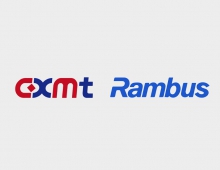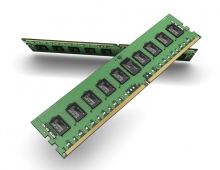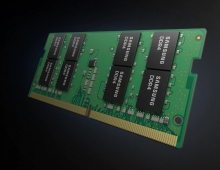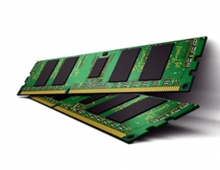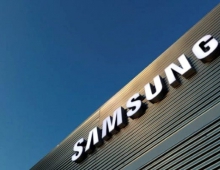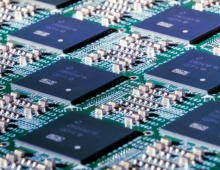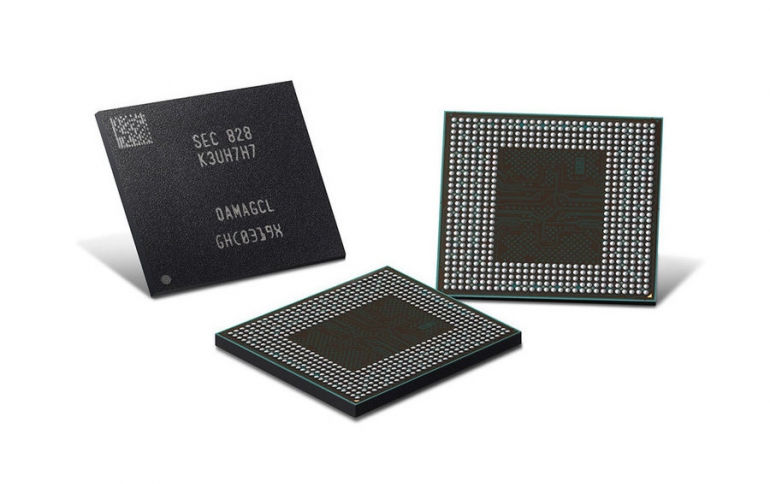
A Nearly 20% Decline in DRAM Price Is Expected for 1Q19
High inventory, weak demand, and the pessimistic economic outlook for DRAM will result to a significant drop in the price of the medium in the first quarter of 2019.
The overall price trend in the DRAM market has been stable in December, showing no noticeable change from November, reports DRAMeXchange, a division of TrendForce. Clients in North America and Europe were taking a break during the year-end holiday season, so the quantities of DRAM products traded in December were too small to be considered in the survey of contract prices. With regard to contract prices of mainstream products, the monthly average of 8GB modules is staying roughly at US$60, while that of 4GB modules is around US$30. However, for both 8GB and 4GB ones, their monthly lows have already dropped below their respective US$60 and US$30 thresholds.
DRAM suppliers and OEMs have already begun to discuss prices for the first-quarter contracts since last December. Taking account of the high inventory, the weak demand, and the pessimistic economic outlook for the medium to long term, both sides have reached a general consensus that prices of 8GB modules for the first-quarter contracts will be around US$55 or even lower. This implies that the average contract price of 8GB modules will drop by at least 10% MoM in January, and there is a strong possibility that prices will continue to fall in February and March. For the DRAM price trend in 1Q19, DRAMeXchange expects a quarterly decline of nearly 20%, steeper than the previous forecast of 15%, with the most noticeable decline in the segment of server DRAM.
At present, the biggest problem in the DRAM market is not the growth of the industry’s bit output, but the earlier arrival of the traditional slow season in 4Q18, which has resulted in increasing inventory level earlier than expected. Among the major DRAM suppliers, Micron witnessed the biggest drop in prices in 4Q18, which lowered its inventory level timely. In comparison, South Korean-based suppliers experienced the lowest price fall and thus lower shipments, which may lead to considerable inventory level throughout 1Q19. For the short term, the supply bit growth will remain constantly higher than sales bit growth, so the inventory level will keep rising, and the prices will keep falling. This price downtrend may even last for more than four quarters from 4Q18.
Contract prices of DRAM products have turned downward since 2H18, but further price competition in the highly concentrated DRAM market would only harm the suppliers’ high profitability. Therefore, DRAM suppliers have scaled back their CAPEXs for 2019 so as to stabilize the prices and moderate the oversupply.
It should be noted that the distribution of the profit across the DRAM supply chain has been heavily skewed toward the memory suppliers in 2018. On the whole, the trend of rising prices that lasted for more than two years before 4Q18 has not produced significant gains for clients in the downstream. For memory module makers, most did very well in 2017 because the short-term price surge during the early phase of the price uptrend allowed them to translate their low-price inventories into profits. However, module makers were unable to extract profits from the price differences of memory chips at the start of 2018 because DRAM prices by then had become excessively high. Their profitability became dependent on just the additional processing work. As DRAM prices have now swung downward in 2H18, module makers carrying high inventories have been exposed to losses in each successive month. With revenues dropping, many of them are projecting that their actual profits for this year will shrink to around one tenth of last year’s (some are also expecting an annual loss). Going forward, 2019 will be even more challenging for module makers and the rest of the supply chain.

